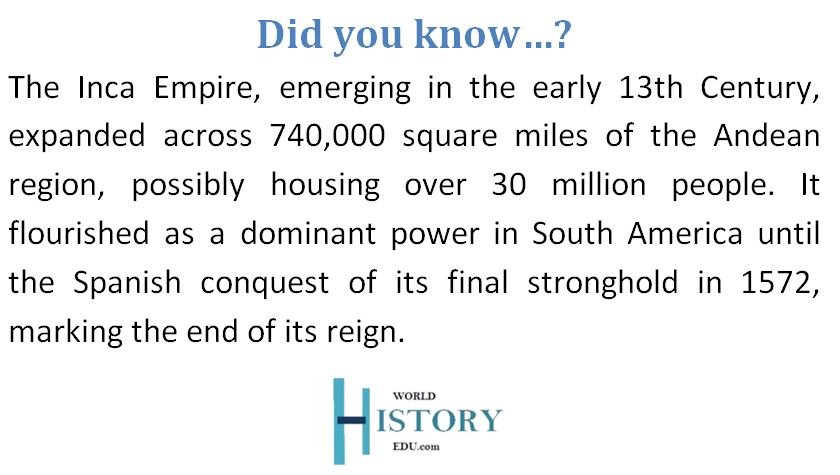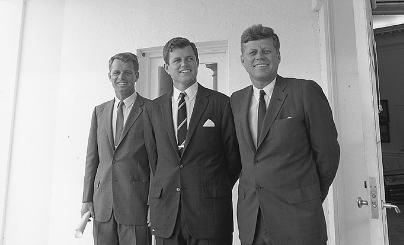What were the Pre-Columbian Civilizations in America?
Pre-Columbian civilizations refer to the indigenous cultures that thrived in the Americas before the arrival of Christopher Columbus in 1492. These civilizations were characterized by their sophisticated societies, innovative agricultural practices, unique architectural styles, advanced astronomical knowledge, and complex religious beliefs.
It must be noted that the term “Pre-Columbian” encompasses a wide range of cultures that existed over thousands of years, from the Arctic regions of North America to the southernmost tip of South America.
How advanced were Pre-Columbian civilizations? And how did the arrival of Europeans in the region decimate these civilizations?
In the article below, WHE takes an in-depth look at some of the major Pre-Columbian civilizations:
North America
In North America, several Pre-Columbian cultures developed, with the Ancestral Puebloans (also known as the Anasazi) and the Mississippian culture being among the most notable.
Ancestral Puebloans
The Ancestral Puebloans resided in the Four Corners region (where today’s Arizona, Colorado, New Mexico, and Utah meet). They are renowned for their cliff dwellings and multi-story stone buildings, like those found at Mesa Verde and Chaco Canyon. These structures were part of larger communities that included kivas (ceremonial underground chambers) and were connected by an extensive network of roads.
Unbeknownst to many, the Ancestral Puebloans actually practiced dry farming, cultivating maize, beans, and squash, and they developed intricate irrigation systems to support their agriculture.
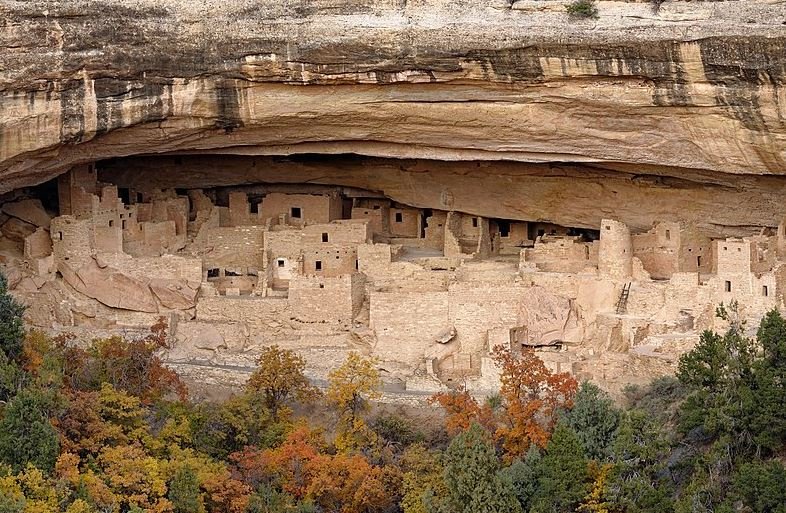
Image: Cliff Palace, the largest cliff dwelling in North America, built by Ancestral Puebloans, situated in Colorado’s Mesa Verde National Park.
Mississippian Culture
The Mississippian culture, which flourished from approximately 800 CE to 1600 CE, was known for its large earthen mounds, such as those at Cahokia (in present-day Illinois), which is home to Monks Mound, the largest Pre-Columbian earthwork in the Americas.
The Mississippians developed a complex society with a hierarchical structure, extensive trade networks, and a cosmology that was reflected in their mound-building practices. They relied heavily on agriculture, with maize being a staple crop, and they engaged in hunting and fishing to supplement their diet.
Mesoamerica
Mesoamerica, a region that extends from central Mexico through Belize, Guatemala, El Salvador, Honduras, Nicaragua, and northern Costa Rica, was home to some of the most well-known Pre-Columbian civilizations, including the Olmec, Maya, Teotihuacan, Toltec, and Aztec cultures.
Olmec Civilization
The Olmec civilization, considered the “mother culture” of Mesoamerica, thrived from about 1200 BCE to 400 BCE. They are best known for their colossal head sculptures, extensive trade networks, and the development of the Mesoamerican ballgame.
The Olmecs established significant settlements such as San Lorenzo and La Venta, which featured complex ceremonial centers. They played a crucial role in the development of writing and the Mesoamerican calendar system.
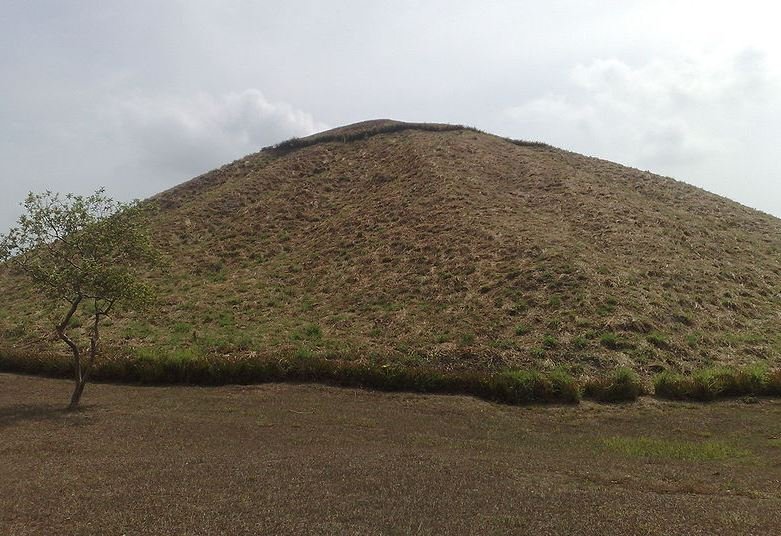
Image: The great pyramid of La Venta located in Tabasco, Mexico
Maya Civilization
The Maya civilization, known for its hieroglyphic script—the only known fully developed writing system of the Pre-Columbian Americas—flourished in southeastern Mexico, all of Guatemala and Belize, and the western portions of Honduras and El Salvador.
This civilization is noted for its art, architecture, mathematics, calendar, and astronomical system. The Maya built impressive stone cities such as Tikal, Copán, and Palenque, which featured grand palaces, pyramids, and temples.
The Maya civilization experienced its Classic Period from approximately 250 to 900 CE, after which many of the great cities were abandoned, although Maya culture persisted in some areas until the Spanish conquest.
Teotihuacan
Teotihuacan, located in the Basin of Mexico, was one of the largest cities in the world during its peak between the 1st and 7th centuries CE. It is renowned for its massive Pyramids of the Sun and Moon and the Avenue of the Dead. Although not much is known about the people who built Teotihuacan, their city played a central role in the cultural and economic life of Mesoamerica.
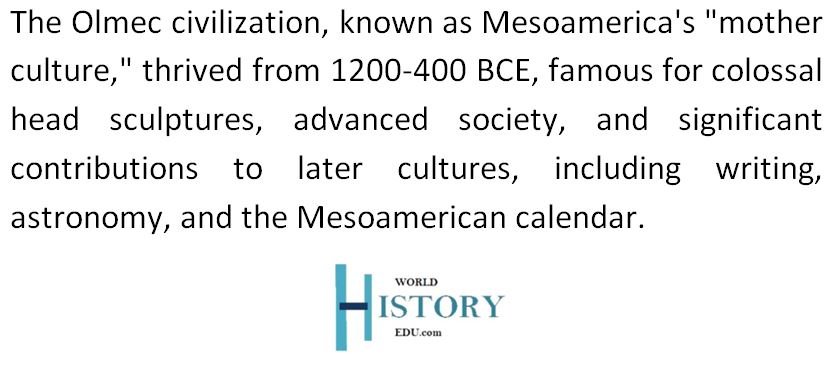
Aztec Empire
The Aztec Empire, known for its powerful military, complex religion, and monumental architecture, was the last of the great Mesoamerican civilizations before the Spanish conquest.
The Aztecs established their capital, Tenochtitlán, on an island in Lake Texcoco in present-day Mexico City. This highly organized and stratified society was supported by tribute from conquered territories. The Aztecs are well-known for their elaborate religious rituals, including human sacrifices to appease their gods.

Did you know…?
Kukulkan, a deity resembling a feathered serpent, shares similarities with the Aztec god Quetzalcoatl. Associated with creation and wind, Kukulkan was esteemed as a bringer of civilization. Depiction: The vision serpent from the Classic Maya era, illustrated at Yaxchilan, located in the present-day State of Chiapas, Mexico.
South America
In South America, the Inca Empire was the most prominent Pre-Columbian civilization, but it was preceded by other important cultures such as the Chavín, Moche, Nazca, and Tiwanaku.
Inca Empire
The Inca Empire, which arose in the early 13th century in the Peruvian highlands, became the largest empire in Pre-Columbian America. The Incas are celebrated for their sophisticated road system, architectural achievements, and terraced farming techniques, which allowed them to thrive in the Andean mountain environment.
Their capital, Cusco, and the sacred city of Machu Picchu are among the most well-known remnants of Inca civilization. The Incas developed a unique administrative system that integrated a vast territory, from Colombia to central Chile, through a network of roads and communication systems.
Chavín Culture
The Chavín culture, considered an influential civilization in ancient Peru, flourished between 900 and 200 BCE. It is best known for its ceremonial center, Chavín de Huántar, characterized by its monumental architecture and stone sculptures. The Chavín culture played a significant role in the spread of religious and artistic styles throughout the Andes.
Moche Civilization
The Moche civilization, which thrived along the northern coast of Peru from about 100 CE to 800 CE, is noted for its pottery, which includes some of the most detailed and colorful ceramics in the ancient Americas. They built large pyramids, such as the Huaca del Sol and the Huaca de la Luna, and were skilled metalworkers and irrigation engineers.
Nazca Culture
The Nazca culture is famous for the Nazca Lines, a series of large ancient geoglyphs in the Nazca Desert, in southern Peru. The purpose of these lines, which include depictions of animals, plants, and geometric shapes, remains a mystery, but they are thought to have had religious significance.
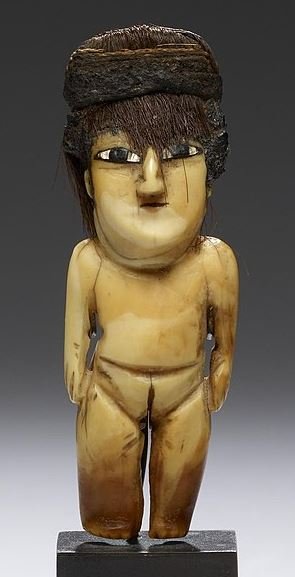
Image: A female effigy figure from Nazca, crafted with sperm whale tooth, shell, and hair.
Tiwanaku
The Tiwanaku state, centered around the site of Tiwanaku in modern-day Bolivia, was a significant Andean civilization that reached its peak between 500 and 1000 CE. Known for its monumental architecture, including the Akapana Pyramid and the Gateway of the Sun, the Tiwanaku culture had a profound influence on the region, particularly in terms of religion and politics.
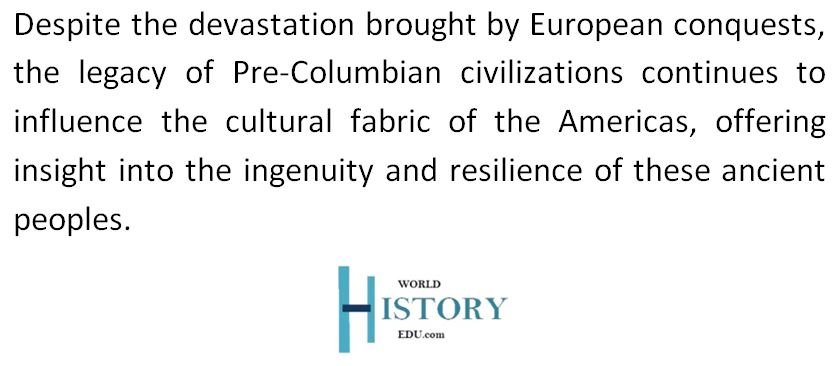
Who were the Conquistadors? – History, Infamous Figures, Brutalities, & Major Facts
Frequently asked questions about Pre-Columbian Civilizations

Below are 10 frequently asked questions about Pre-Columbian civilizations and their accomplishments:
Which regions did Pre-Columbian civilizations inhabit?
They inhabited regions across the Americas, from North America through Mesoamerica to South America, including today’s United States, Mexico, Central America, and the Andean regions.
What are some examples of Pre-Columbian civilizations?
Notable examples include the Maya and Aztec in Mesoamerica, the Inca in South America, and the Mississippian and Ancestral Puebloans in North America.
How advanced were Pre-Columbian civilizations?
Many were highly advanced, with sophisticated knowledge in agriculture, astronomy, mathematics, architecture, and engineering.
Did Pre-Columbian civilizations have a written language?
Yes, some did. The Maya, for example, had a fully developed writing system, while other civilizations used pictographs and other forms of symbolic communication.
What happened to the Pre-Columbian civilizations?
Many were significantly altered or decimated by the arrival of Europeans, due to conquest, disease, and cultural assimilation.
Who were the 10 Most Influential Explorers of the Age of Discovery?
Can we see remnants of Pre-Columbian civilizations today?
Yes, there are many archaeological sites across the Americas, such as Machu Picchu (Inca), Chichen Itza (Maya), and Teotihuacan (Central Mexico), that offer insights into these ancient cultures.
Did Pre-Columbian civilizations interact with each other?
Yes, there was significant trade, cultural exchange, and sometimes conflict between different Pre-Columbian civilizations.
What were the major achievements of Pre-Columbian civilizations?
Achievements include monumental architecture (pyramids, temples), road systems, agricultural innovations (terrace farming, chinampas), and significant artistic and scientific advancements.
Machu Picchu – History, Elevation, Significance & Other Notable Facts
Are there any descendants of Pre-Columbian civilizations today?
Yes, many people in the Americas are descendants of Pre-Columbian civilizations and maintain various aspects of their ancestors’ cultures, languages, and traditions.
What were the religions of Pre-Columbian civilizations?
Pre-Columbian civilizations practiced diverse, polytheistic religions with deities representing nature and cosmic elements.
The Maya, for example, worshipped gods tied to astronomy and had a three-layered universe concept, involving rituals like bloodletting and human sacrifice. Perhaps the most worshiped Maya god was Kukulkan, the feathered serpent god who oversees fertility, creation, and knowledge.
The Aztecs honored a sun god, Huitzilopochtli, and believed in a cyclic universe, conducting large-scale sacrifices for cosmic balance.
The Inca venerated the sun god Inti and believed in a three-part cosmos, integrating ancestor worship.
Common across these religions were animism, shamanism, intricate cosmologies, ritual sacrifices, and a deep connection between religious practices, calendar systems, and agriculture, reflecting each culture’s unique interaction with their environment.
